We all love music and one of our favorite places to listen to music is in the car right?
Travel in a taxi and you’re stuck with the driver’s poison.
Travel in an Uber and you can take control with Spotify thanks to a co-branding partnership.
Spotify premium users can now listen to their favorite music during Uber rides through the car’s entertainment system.
It provides a more personal, enhanced experience during rides.
They were implementing a strategic co-branding partnership that would help them strengthen their customer base, improve customer loyalty, and enhance brand recognition.
In this article, you will discover co-branding partnerships in detail, along with some of the best examples of successful co-branding partnerships we have ever seen.
What Is Co-Branding?

Chances are, you already know or have understood what co-branding is from the Uber-Spotify example.
But let’s still have a look at its definition.
Co-branding is a strategic alliance between multiple brands that combines partner brand identities and resources on products or services for the mutual benefit of all parties.
So it is a marketing strategy that brings two or more brands together to combine their brand images, identities, and resources.
In some cases it means brands coming together to co-create a co-branded product, in others, they simply come together to co-sponsor an event.
When we see the likes of Nike and Apple or Spotify and Uber side-by-side, more often than not, there’s an intricate strategy behind it.
Co-Branding Vs. Co-Marketing

So what’s the difference between co-branding and co-marketing?
Co-marketing is a partnership between multiple brands that align their messaging and marketing but does not introduce a new product, service, or experience.
If Cristiano Ronaldo appears in one of Nike’s ads wearing Nike’s shoes and holding an Apple iPhone in his hand, then that’s co-marketing.
But if the Nike shoes can track activities using an Apple chip and send it to the iPhone, then that’s co-branding.
And these two companies have been creating such innovative products through a co-branding partnership.
Co-branding introduces a new product, service, or experience.
Co-marketing only cross-promotes already existing products, services, or experiences.
PRO Brand Strategy BluePrint
Build Brands Like A Pro Brand Strategist

Benefits Of Co-Branding

So why would any brand share its identity and resources with another brand?
Obviously, the returns are that big.
Like, really big.
Remember Doritos Locos Tacos, the co-branded product of Doritos and Taco Bell?
Well, in 2012, these two brands sold a billion of them! (More on that in the examples section).
But the sales and profits are not the only benefits of co-branding.
The partnering brands can tap into the customer base of other partner brands and increase market share, brand awareness, and customer loyalty alongside profitability.
Co-branding introduces a new product tailored to each of the partnering brand’s customer base. Yet it can also attract new business.

In fact, 43% of consumers would try a co-branded product from a company they already like.
You get the point, right? A co-branded product is a medium to unite the customers of partner brands.
Also, two brands running digital marketing campaigns on their social media handles mean double the marketing budget, double exposure for the product, and hence for the brands.
If the partnership is successful, it’s a win-win for all brands.
But to be successful, a lot of things need to go right.
It requires a lot of trust, sharing of resources, alignment of brand messaging and values, detailed guidelines, and most importantly, a positive consumer reaction.
In other words, a co-branding commitment is not to be taken lightly.
Explore Brand Strategy
Programs & Tools
Types Of Co-Branding Strategies

There are four distinct co-branding strategies based on goals.
Market Penetration Strategy: The goal here is to build a customer base among the customers of partner brands. It also seeks to preserve the existing market share of the partner brands.
Global Brand Strategy:Through this strategy, partnering brands serve the target audience with a single global co-brand. The partnership helps them create and execute a global brand advertising strategy that directly serves more customers than individual brands.
Brand Reinforcement Strategy:Partnering brands use a new brand name to target both old and new audiences.
Brand Extension Strategy: The brand partnership creates a new brand image and identity to use exclusively in a new market.
Top Examples Of Co-Branding

Now that you know co-branding in a little more detail, here are some of the best co-branding campaigns you can learn from.
1. Betty Crocker and Hershey’s
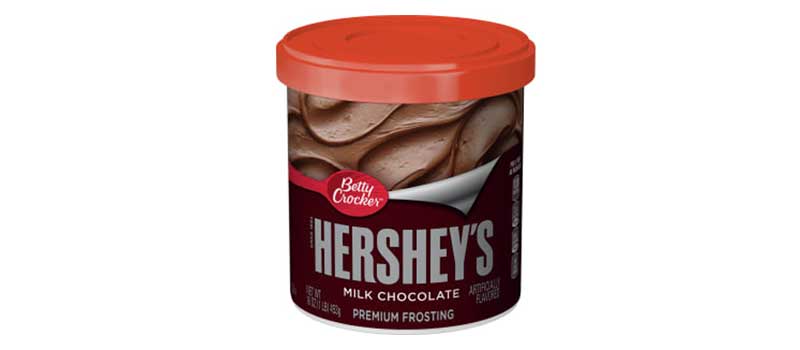
Remember the chocolate brownie mix by Betty Crocker Hershey’s?
They still make that, by the way.
Betty Crocker partnered with Hershey’s to bring that product into the market and unite the chocolate-loving fans of both brands.
They are still co-branding partners and continue to introduce new products that combine the best of Betty Crocker and Hershey’s.
The thing about these products is that they are absolutely loved by the loyal customers of both brands.
Nothing about this partnership feels unusual or forced. They simply partnered together, shared their knowledge, and co-created products that both brands’ customers love.
2. GoPro and Red Bull

What comes to your mind when you think of GoPro as a brand?
Action. Adventures. A lifestyle.
Now, what about Red Bull?
The same, right? These two brands have established themselves as lifestyle brands—brands that stand for an action-packed, adventurous lifestyle.
This alignment in their messaging and brand positioning resulted in a co-branding partnership between these two brands.
GoPro equips athletes and adventurers with GoPro action cameras, and Red Bull sponsors these events where they’re used.
And they produced something that redefined human potential—the Stratos event.

Felix Baumgartner, the Austrian skydiver, jumped from a space pod 1,28,000 feet above Earth’s surface and set several world records.
Red Bull sponsored the event, so it was Red Bull-centric for the most part.
But before jumping, something Felix Baumgartner said caught everyone’s attention.
I wish you could see what I can see.
And the world saw what he saw through GoPro action cameras. It was so successful that the YouTube live stream of the event recorded more than 340 million views even before the actual jump.
Almost ten years after the jump, it still holds the record for most concurrent views on YouTube on a live stream!
3. BMW and Louis Vuitton
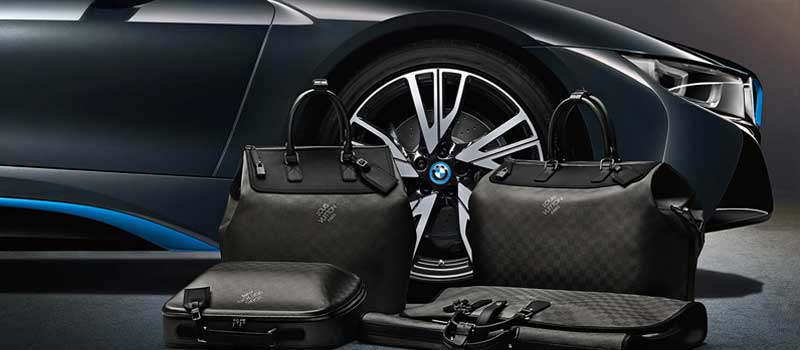
What can a luxury fashion brand do with a premium car brand?
Well, when you think of these two companies from a branding perspective, they have more than just a few things in common.
They both are known for quality craftsmanship. People perceive both of them as luxurious, and they both represent a classy lifestyle.
And both the brand’s products have sleek, elegant, and high-end designs and aesthetics.

But what did they make?
Louis Vuitton designed an exclusive four-piece luggage line that fits perfectly within BMW cars. The design, precision, and aesthetics of the luggage line mirrored the identities of BMW and Louis Vuitton.
The price of the four-piece set? A cool and exclusive $20,000.
4. Amazon and American Express

The eCommerce giant Amazon wanted to transform the way small businesses sell on their platform.
American Express wanted to improve payment experiences.
So these two brands partnered together to launch a new credit card line for small-medium business owners, called Amazon Business American Express cards.
But they aren’t just traditional credit cards.
These cards provide enhanced data insights on purchase activity, helping users manage their expenses better.
Two brands, leveraging each other’s audience to create something new for both.
5. Adidas and Kanye West
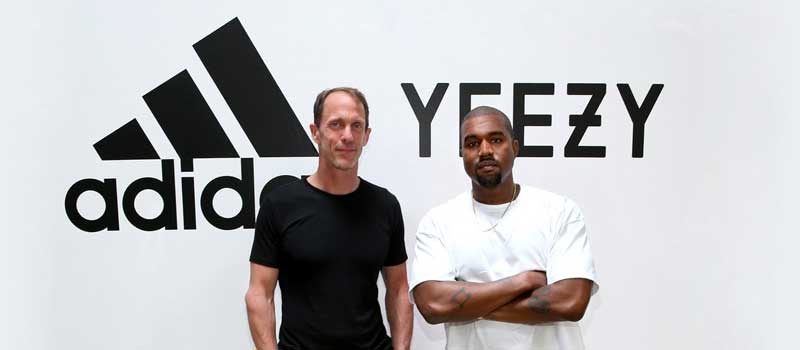
In 2013, rapper and entertainer Kanye West partnered with Adidas to develop a high-end footwear line named Yeezy.
The result? A billion-dollar business.
Brand growth. Net income growth of 19.5% for Adidas in 2019.
Kanye retains the rights to designs and marketing. Adidas takes care of the manufacturing and distribution.
And the partnership continues to thrive even today.
But what makes this co-brand such a success?
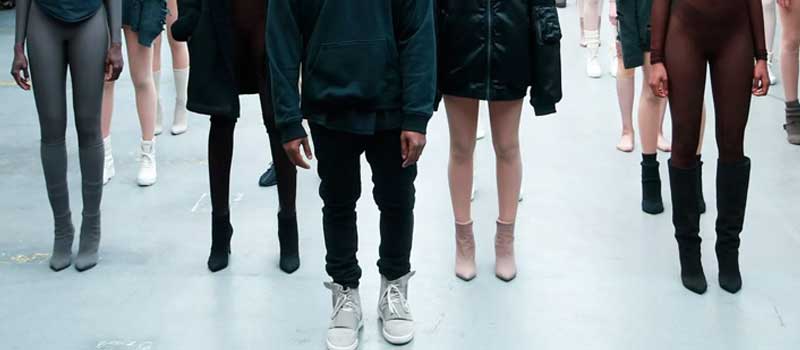
First, Kanye’s celebrity status creates buzz around the Yeezy footwear and Adidas in general enhancing awareness and brand equity.
Second, the Yeezy footwear line has a higher perceived value because of Kanye’s celebrity status and scarce roll-outs. Higher perceived value means a higher price tag, and a sense of exclusivity further enhancing brand equity.
A co-branding partnership doesn’t always have to be between similar brands; it can be between personal brands; it can be between different kinds of brands.
The point is, if it makes sense to the customers, it will thrive.
6. Nike and Apple
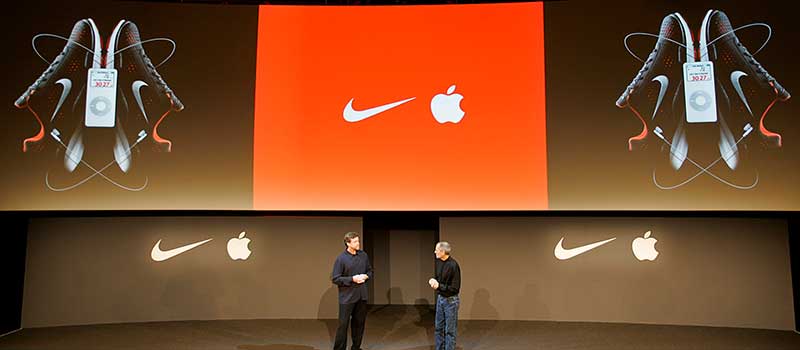
These two giants are in a co-branding partnership that started in the early 2000s.
Back in the day, they worked together to bring music from Apple to Nike customers’ workouts with iPods.
Then Nike created athletic clothing and gear that uses the activity tracking technology by Apple meaning users could see their activity reports on their iPhones.
In 2016, Apple launched Apple Watch Nike+ that combined Siri commands with Nike aesthetics. It was an Apple-manufactured product tailored for Nike customers.
This co-branding partnership allowed each to tap into the other company’s market.
And the success has led them to continue creating more products to become one of the best partnerships in terms of value.
7. Starbucks and Spotify
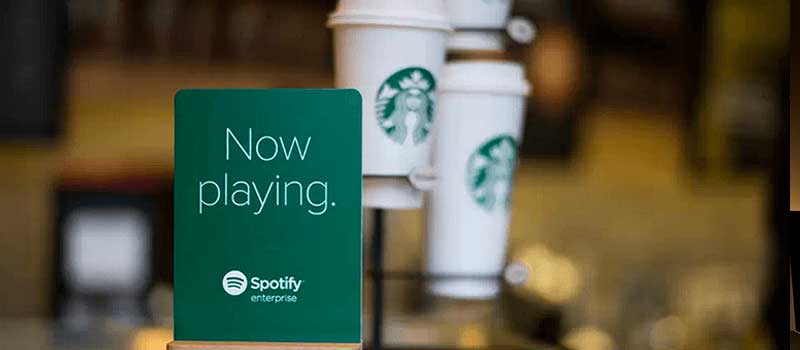
In 2015, Starbucks went a step ahead to enhance its premium coffee shop experience.
Who wouldn’t love some music when the coffee kicks in?!
Starbucks partnered with Spotify to create an ambiance around its coffee. Through the partnership, Starbucks outlets get a Spotify Premium subscription, and they curate playlists that serve as a musical background in the outlets.
Music has always been a part of the Starbucks experience.
But this partnership gave customers access to Starbucks playlists.
They also integrated Spotify into the Starbucks app.
Next time you are in Starbucks, check out the ‘Now Playing’ feature on their app to find out which music they’re playing in the background.
It’s a cool feature, and they have a great playlist which of course, you can search for on Spotify!
8. Doritos and Taco Bell

When Doritos and Taco Bell partnered together in 2012, the customers proved it to be a match made in heaven pretty quickly.
Doritos Locos Tacos, their co-branded product, became one of the most popular items in the fast-food industry.
All they did was fill a Dorito’s shell with Taco Bell’s ingredients.
What they actually did was combine the best of both brands.
Today, 50% of US consumers recognize Doritos and Taco Bell co-branded products. And in the first year alone, they sold an estimated one billion units of these tasty treats!
Over To You
Co-branding is a marketing strategy that offers some great returns.
But only if it is with the right partners.
If the partnership makes sense to the customers of partnering brands, it will thrive. Partnering brands increase their market share, profits, brand awareness, brand value, and customer loyalty.
And if the partnership doesn’t work out, brands share the risks and losses.
Going for co-branding may sound like a no-brainer, but there are many complex processes involved. Brands have to collaborate extensively, pool their resources, and prepare and follow the guidelines very closely.
Before all this, brands have to think of even the slightest possibility of alienating their customers and clashing brand images.
But if you are prepared to go through all the processes, there’s a gold mine waiting for you at the end.
On-Demand Digital Program
Brand Master Secrets
Make the transition from hired-gun to highly valued brand strategist in less than 30 days. The systems, frameworks and tools inside this comprehensive program are all you need to level up.








